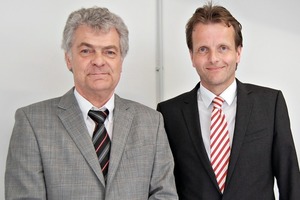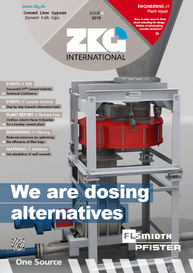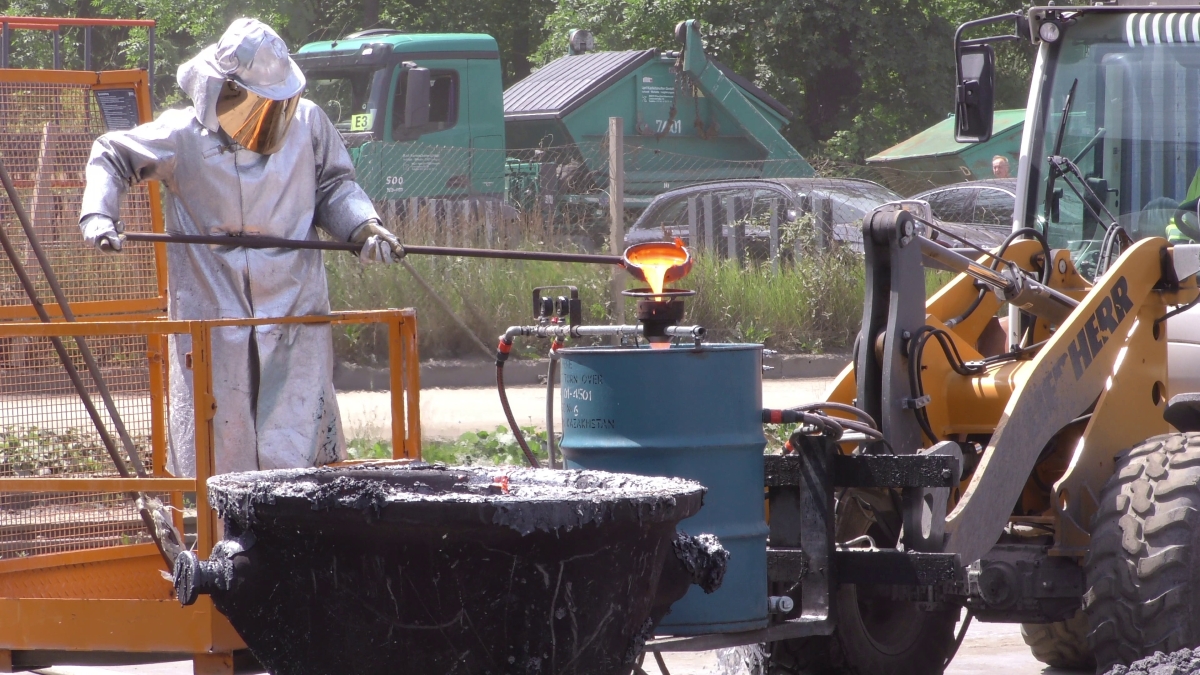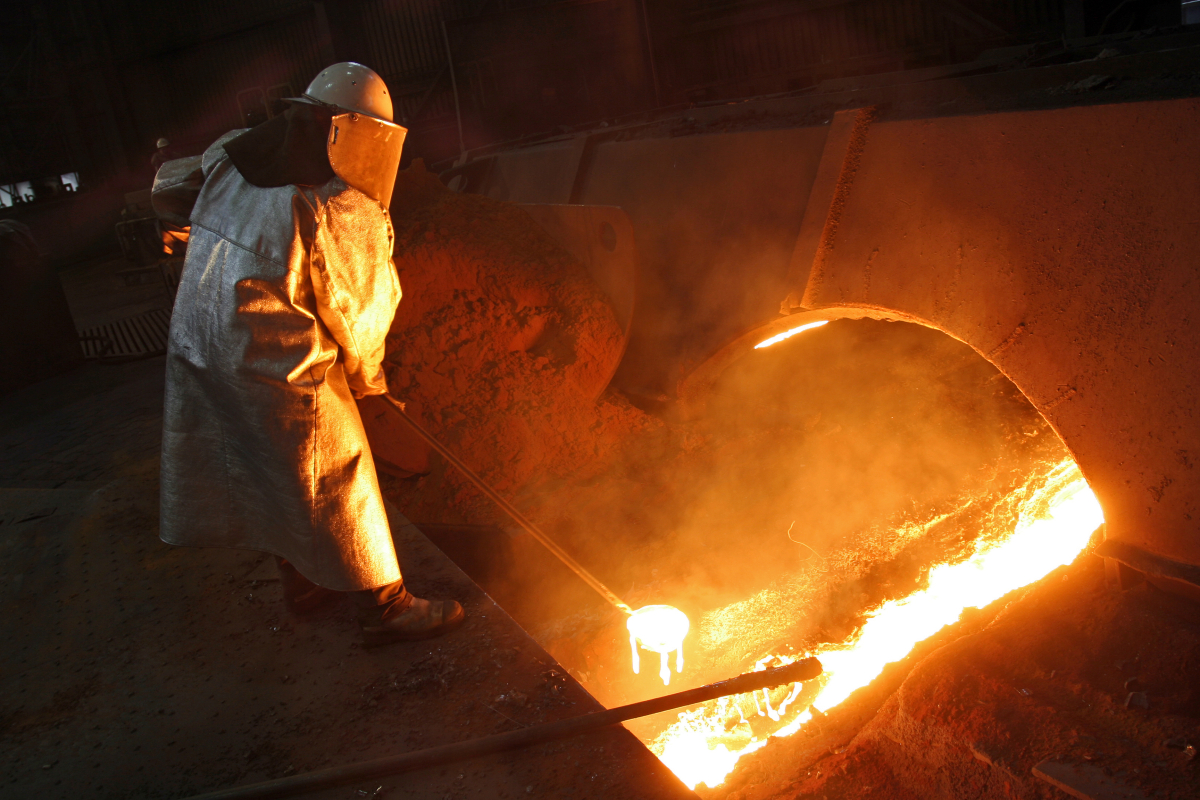Dr.-Ing. Heribert Motz hands over management of FEhS to Thomas Reiche
Wednesday, 22.04.2015, witnessed not only the inauguration of the new laboratory and office building of the Institut für Baustoff-Forschung - Building Materials Institute, but also the announcement of an important change in the institute’s top management.
Dr.-Ing. Heribert Motz, long-serving Director of the FEhS, celebrated his retirement in the presence of 100 invited guests and present and former colleagues. The PhD civil engineer joined the FEhS as the Head of the Road and Waterway Construction Laboratory/Certification Body, before being appointed Institute Director in 2002. Motz was Director of the Technical Association for Ferrous Slag from 1989 to 2003, and at the end of 2015 will also relinquish his chairmanship of Euroslag, a post he has held since 2003. This globally acknowledged specialist has been active in numerous bodies since 1989, including DIN and CEN. Under his leadership, the Building Materials Institute evolved into a European and world authority for problems concerning slags. Motz cited the introduction of the REACH regulations, which was accomplished for some 160 steel plants in only two years, as the institute’s greatest challenge in recent times.
Dr. Motz’s successor, Thomas Reiche (47), initially studied Forestry Management, before completing his Global Executive MBA at the University of Toronto. He then held, inter alia, posts as chairman of the German Pulp and Paper Association, the Arbeitsgemeinschaft Rohholzverbraucher wood users’ association and the Gesellschaft für Papierrecycling mbH society for paper recycling. In 2010/2011 he was head of Business Development and Public Affairs at WEPA Industrieholding SE, and has been CEO of the Thomas Reiche Unternehmer-Beratung firm of business consultants since 2013. As new Director of the FEhS, Reiche will continue the work of the institute, which aims to assure objective representation of the industry’s interests by means of publicly conducted research.
The Road and Waterway Construction and Cement Technology laboratories are to move into the newly inaugurated building in the near future.





